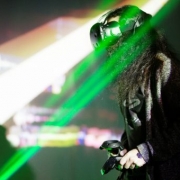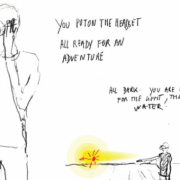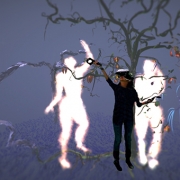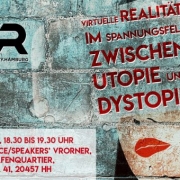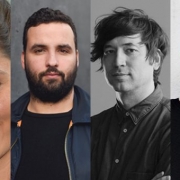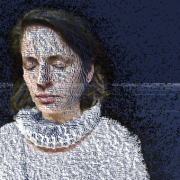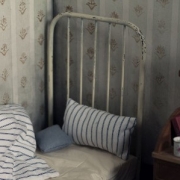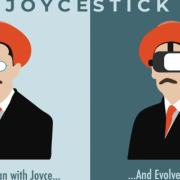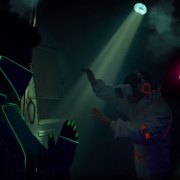3. NEXTREALITY.HAMBURG MEETUP
Virtuelle Realität between Utopia and Dystopia // How Virtual Reality influences artistic intention and opens a broader scope of interpretation to the viewers
Utopian and dystopian ideas and concepts are present in almost every field of society, whether it’s politics, religion, science, or, first of all, art. “Art is the governor of utopia” (Max Frisch) – and, moreover, a broadly formulated concept which includes visual and performing arts as well as musical and literary works.
In our meetup we would like to discuss with “classical” and VR artists how perspectives between artist and recipient are shifting or even dissolving in a virtual world.
In short: is “Virtual Reality” the beginning or the end of a utopian guiding principle in visual arts?
Speakers
Annika Siems (illustrator & VR artist)
Andrea Offermann (illustrator)
Billi Methé (freelance artist)
Nico Uthe (Creative Director at VR Nerds GmbH)
Presentation
Susanne Ahmadseresht
Anett Göritz
Be curious for an interesting discussion in a relaxed atmosphere at Oberhafenquartier. Cool drinks and snacks are available. Free entry. Seats are limited (40), so it’s first come, first serve. Feel free to come if you are fine with standing.
